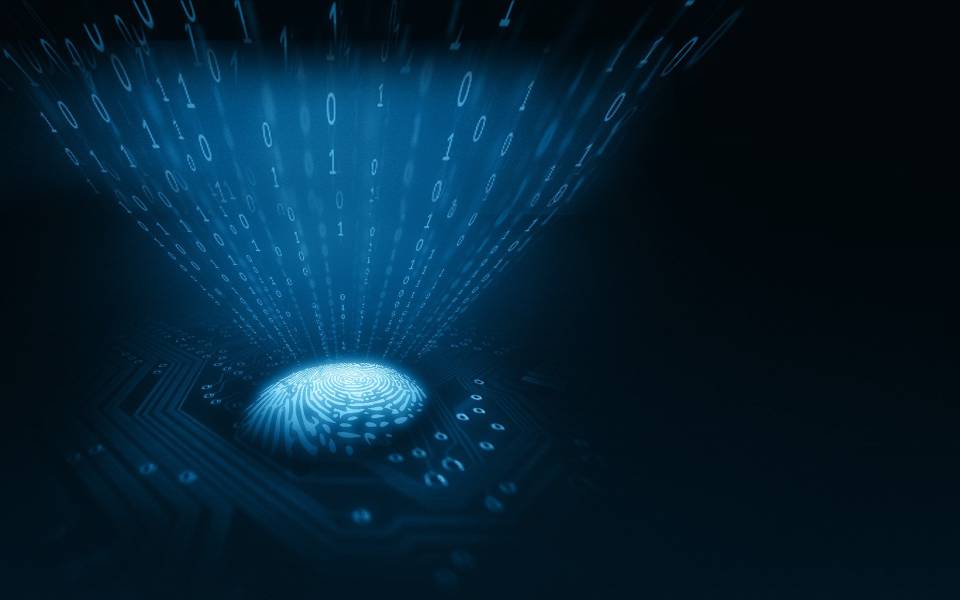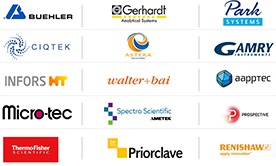Laser Induced Breakdown Spectroscopy 101
Laser Induced Breakdown Spectroscopy is used in many different applications. In fact, high-end LIBS analyzer systems are utilized for multi-elemental mapping of solar PV modules. But before you figure out which LIBS instrument is the ideal choice to go with, it is important to learn about the basics of LIBS technique.
LIBS is an analytical technique that has been used in laboratories for many years and in a range of applications. A vast majority of handheld LIBS analyzers are in fact, used for performing rapid sorting of alloys in scrap yards and even for detecting alloys and analyzing them in a wide range of applications.
In this blog, we discuss the basics of Laser Induced Breakdown Spectroscopy technique. Keep reading till the end to find out more.
Work Mechanism of LIBS Technique
In LIBS analysis, a beam of targeted laser is blasted upon the sample that removes a small amount of material from its surface. Similar to this, during a one-second measurement, the sample is hit by thousands of pulses that causes the material to heat up to a point over 10000℃. The temperature reaches extreme levels that the atoms tend to break down and result in the formation of plasma.
But despite high temperatures, the sample does not become too hot to touch during its analysis and therefore can be held using hand safely while taking its measurements.
What exactly happens to the atoms?
When the high-power pulsed laser beam hits the sample, the electrons present in the outer shells of the atoms start to eject. Since the outer shell electrons are guarded by inner shell electrons, they are prevented from being pulled by the nucleus. This means that less amount of energy is needed for ejecting electrons from the outer shell.
The ejected electrons create a vacancy, rendering the atom to be unstable. When the striking of the laser pulses comes to a halt, the plasma starts to cool down and the vacancy is filled by the electrons that come from the cascading outer shells. The emission of extra energy when the electrons move between two shells is done in the form of element-specific light.
LIBS Analyzer for Solar PV Modules
The availability of LIBS analyzers for a variety of applications are present in the marketplace. There are analyzers that are capable of performing fast multi-elemental mapping of solar PV modules.
These LIBS analyzers are used to ensure inline/ at-line quality control in PV module production. Here a short pulse laser radiation is targeted on the sample surface and generates a light emitting plasma. The chemical elements accommodated in the material delivers a characteristic emission line spectrum quite like a fingerprint, which is simultaneously found with a single measurement by the applied high-resolution echelle spectrometer.
Multi-elemental evaluation is automatically performed by specifically developed operating and analysis software. Addition of a Raman module, can further help in determining the molecular composition of samples.








